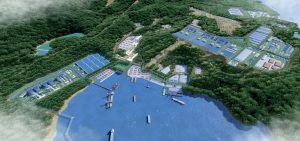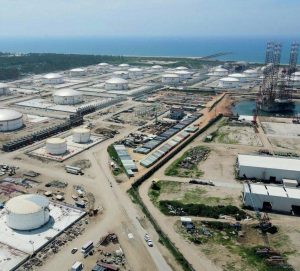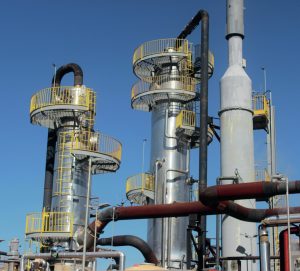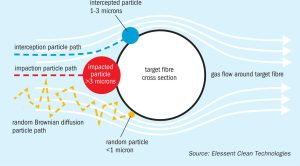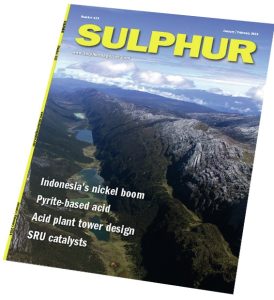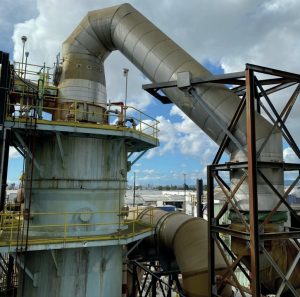Reducing emissions in nitric acid production with tertiary abatement
To comply with environmental legislations, all new and most existing nitric acid plants must implement measures to reduce N2 O emissions to the atmosphere. This article explores the opportunities presented by Stamicarbon’s tertiary abatement technology for both existing and grassroots nitric acid plants to enhance sustainability and efficiency and discover the advantages of incorporating these technologies into a green fertilizer complex.


